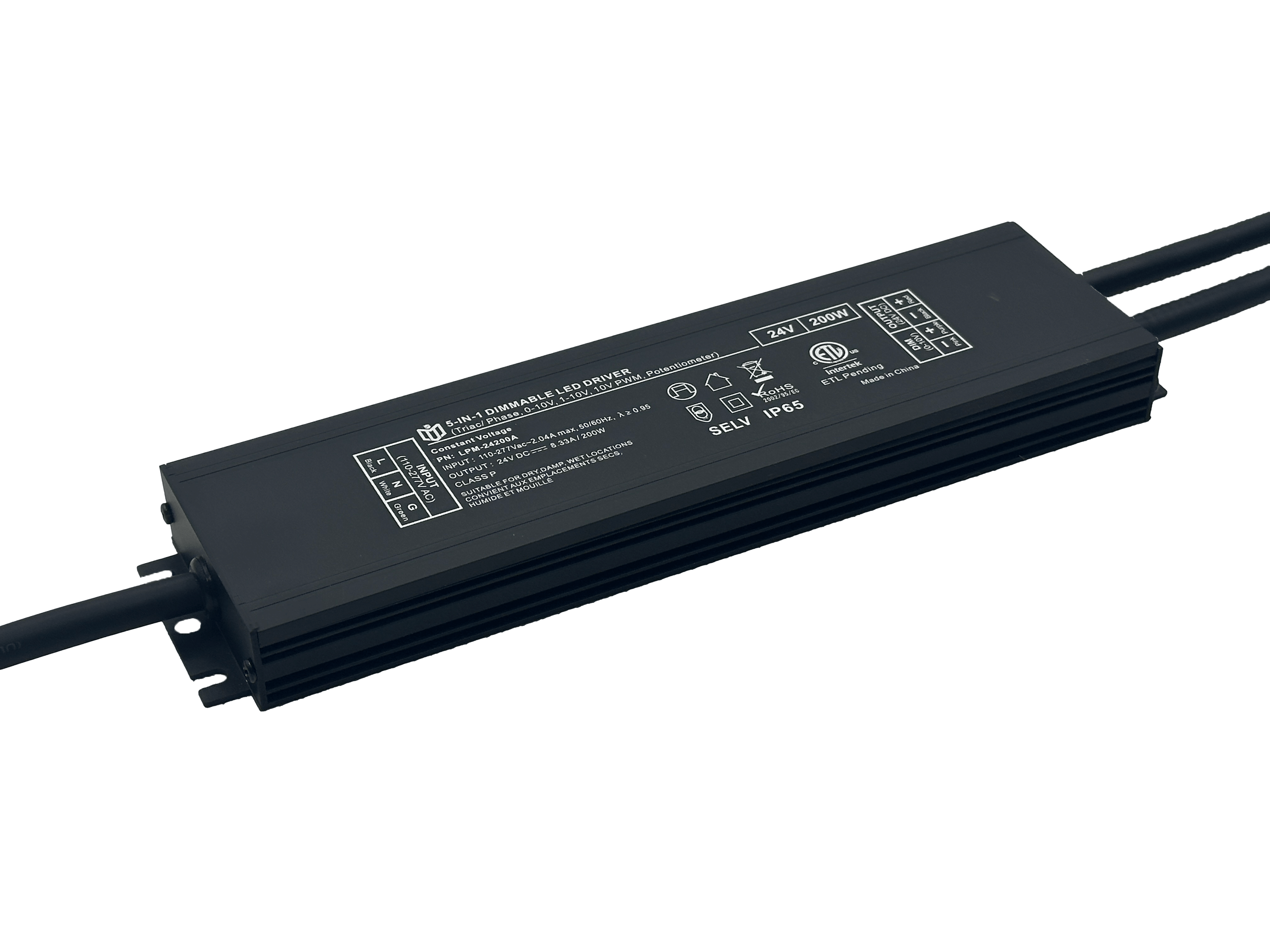Is the user experience of LED dimming power supplies truly impeccable?
When evaluating lighting systems, few components spark as much debate as LED dimming power supplies. Marketed as revolutionary solutions for adaptive illumination, these devices promise silky-smooth transitions between brightness levels—but do they truly deliver an impeccable user experience? Let’s dissect the reality behind the hype.
Flicker Control: The Silent Saboteur
Even minor electrical fluctuations can cause visible or imperceptible flickering in poorly designed drivers. Human eyes may not always detect it consciously, yet prolonged exposure leads to headaches, eye strain, and reduced productivity. Premium units employ advanced filtering capacitors and high-frequency switching (typically >20kHz) to eliminate perceptible strobe effects. Budget models often cut corners here, turning “dimmable” into a liability rather than an asset. Testers using slow-motion cameras reveal startling differences—some cheap drivers produce jerky pulses resembling disco lights gone wrong.
Color Accuracy Under Fire
Warm whites turning violet at low settings isn’t just aesthetically unpleasant; it disrupts circadian rhythms and ruins mood lighting scenarios. Quality controllers maintain consistent correlated color temperatures (CCT) across dimming ranges through precise PWM algorithms or analog current regulation. Inferior products let CCT drift wildly—a phenomenon exacerbated by temperature changes inside enclosures lacking thermal management. Side-by-side comparisons show top-tier brands preserving D65 daylight simulation even at 1% output, while bargain bin units cast sickly greenish hues below 30% brightness.
Reliability Gaps in Real-World Use
Lab bench tests rarely capture installation quirks like loose wiring harnesses vibrating loose over time, or condensation shorting PCB traces in humid environments. Field reports highlight alarming failure modes: sudden dropouts mid-presentation, erratic behavior after firmware updates, and premature fan failures in active-cooled models. Manufacturers specifying MTBF ratings above 100,000 hours assume ideal conditions—real deployments demand ruggedized connectors, conformal coating against dust ingress, and galvanic isolation between power stages. Case studies from museum curators reveal how museum-grade fixtures still suffer intermittent glitches unless paired with military-spec drivers.

Usability vs. Engineering Tradeoffs

Touch panels offering intuitive sliders mask underlying complexity. Auto-calibration features sometimes override manual settings unexpectedly. Open protocol standards like DMX512 enable third-party integration but introduce latency bottlenecks when network traffic peaks. Installers report frustrating moments spent troubleshooting address conflicts between multiple slave units sharing a single data line. Conversely, closed ecosystems limit flexibility—choosing between ecosystem lock-in and compatibility nightmares becomes unavoidable. Ergonomic considerations matter too: bulky external drivers block access panels during maintenance checks.
The Verdict: Room for Improvement
While flagship models from Philips Hue Pro or Mean Well indeed approach studio-grade perfection, mid-range options frequently compromise on one or more fronts. True excellence requires balancing electromagnetic interference suppression, harmonic distortion suppression (THD<5%), transient response speed (sub-millisecond recovery), and backward compatibility with legacy dimmers. Emerging technologies like Bluetooth mesh networking hold promise for predictive maintenance alerts before failures occur—but adoption remains patchy across manufacturers. For critical applications demanding zero compromise, auditing each supplier’s compliance certificates against IEC61347 safety standards remains non-negotiable homework.
Ultimately, the “impeccable” claim depends heavily on context. Residential users prioritizing cost forgive quirks that would cripple surgical theater lighting. Museum conservators demand sub-lumen stability unseen outside laboratory settings. By understanding these tiers of performance expectations, specifiers can match solutions to actual needs rather than chasing mythical ideals.
 In heritage architecture prote
In heritage architecture prote
 When small-batch customization
When small-batch customization
 Have the electromagnetic emiss
Have the electromagnetic emiss
 When Triac dimmable power supp
When Triac dimmable power supp
